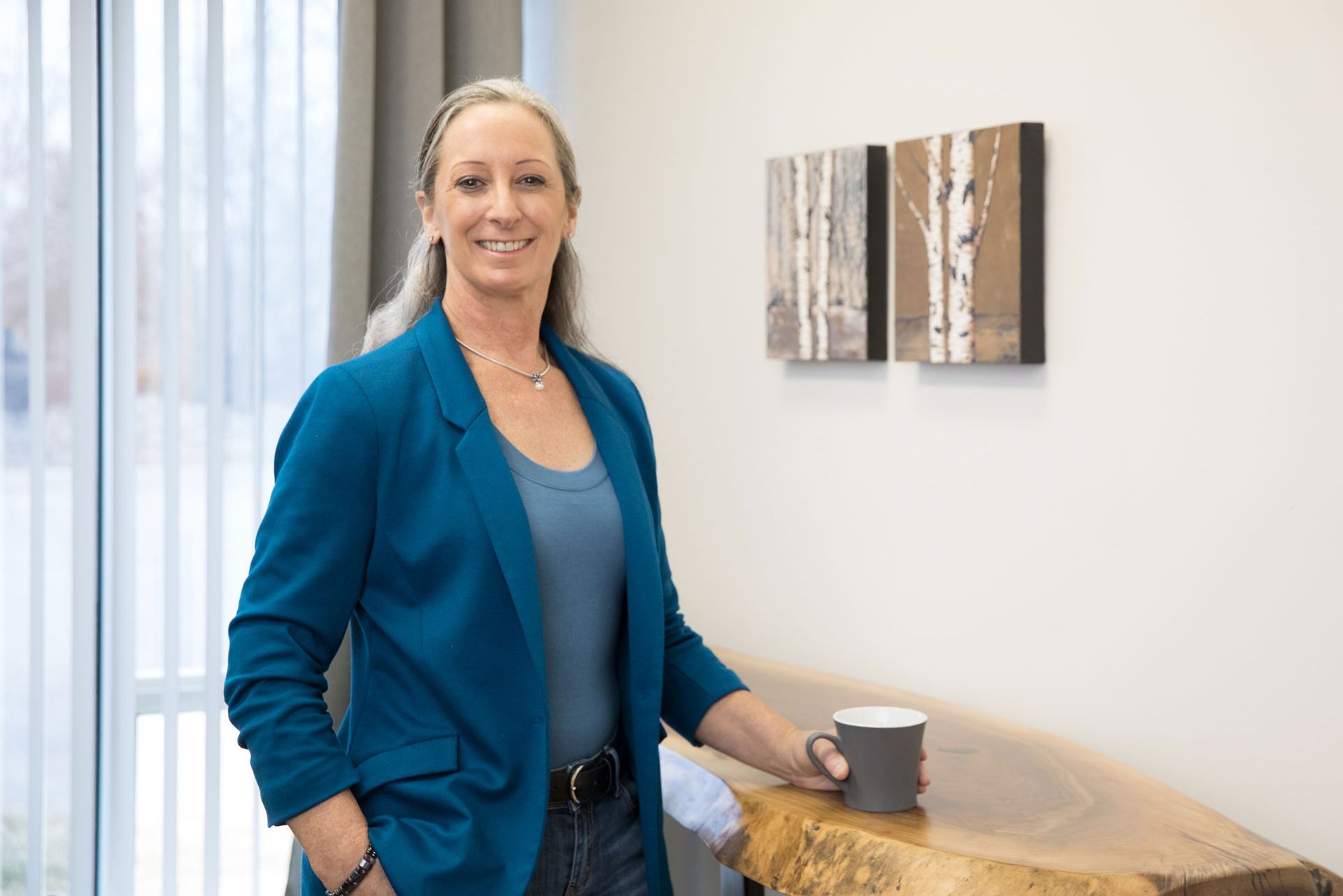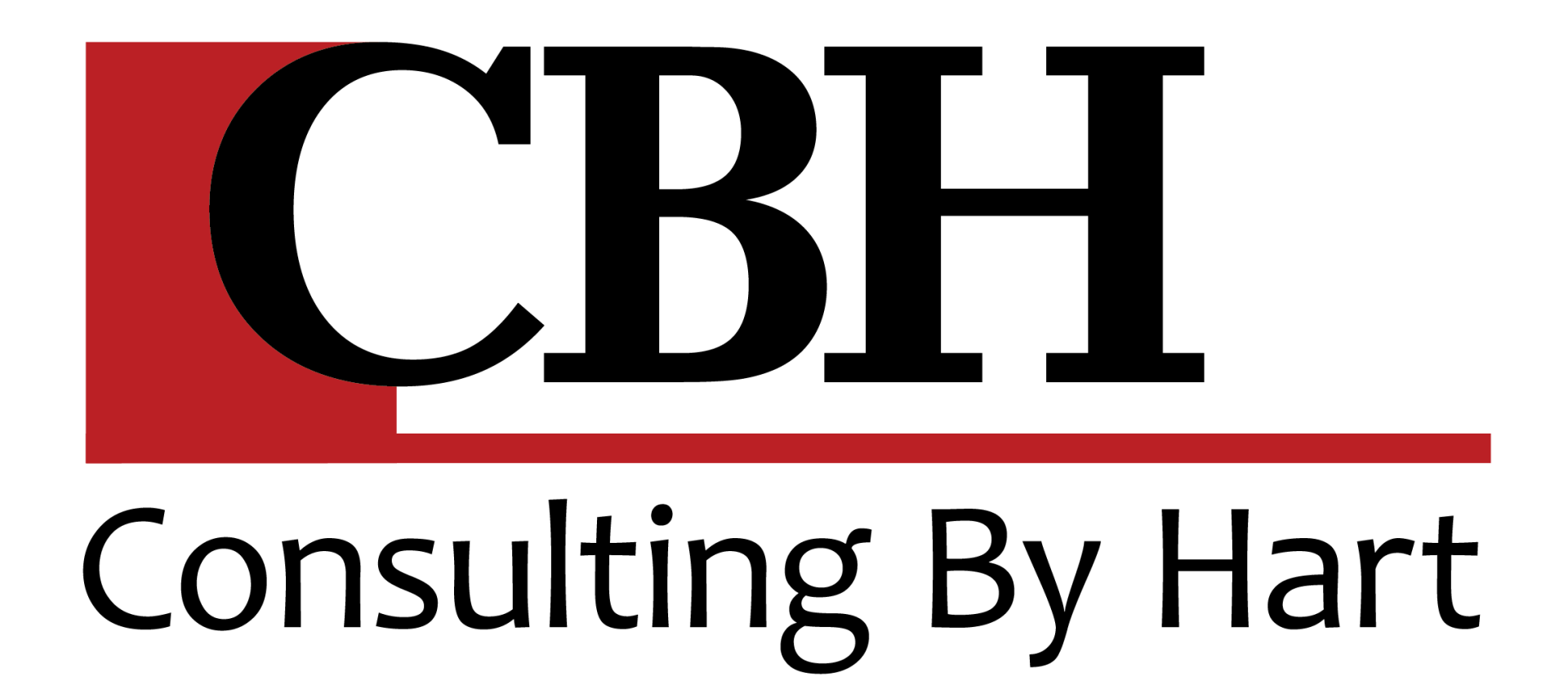Keep The Employees You Have

This year’s Business Bites series has flown past, I’m surprised that we’re here at the end already!
I had the pleasure of chatting with Domenic Richichi from EIO Solutions in our last installment of the Landscape Ontario Peer To Peer Network’s Monthly Business Bites. We focused our chat on the topic of finding creative ways to keep the employees you’ve worked hard to get in the door, onboard and train.
To start off the conversation, Domenic summed up what we’re experiencing as employers beautifully: This is a Worker Revolution.
In addition to Covid-19 management challenges, the ‘Great Resignation’ (Millennials), and the ‘Great Reshuffle’ (Generation Z – where up to 70% of employees moved jobs in the last year) – there’s a huge paradigm shift that employers must make in order to improve their recruiting and retention results.
This is something I’ve spoken about at countless Peer Network workshops, in this column and online for several years now… and it’s really nice to have Domenic’s validation from his vantage point.
Domenic offered us excellent advice. Here are the highlights:
Step One: Cross Train Key Employees
By ensuring your key employees are nurtured to have not only depth of experience and knowledge, but breadth as well, you’ll be sure to avoid burnout, boredom, and will be able to have ‘pinch hitters’ in a variety of divisions or roles when you need them the most. And with your best players cross trained, they will be able to support a broader team development with onboarding and mentoring in house.
Step Two: Life-Work Balance vs Work-Life Balance
Yes, it’s a thing. Generation Z and younger Millennials are changing the face of balancing priorities in the workplace. They are redefining what they focus their energy on, and you need to adapt…. Meeting them where they’re starting from. Top of mind are wages and benefits. You need to move away from a ‘one size fits all’ model and approach toward benefits. Gone are the days when one ‘plan’ suited all, and where one plan was seen as a ‘true’ benefit to everyone to the same degree. Your younger employees have different visions of ‘benefits’ than your older demographic. We’ve moved into an era where a focus on overall wellness trumps coverage for prescription glasses and Gym memberships trump prescription plans for many younger workers.
Step Three: Lifestyle accounts
Many employers have started to offer these health spending accounts in recent years. They can be set up by your benefits provider and customized to how employees can spend the money you budget for them by setting up company policies on what’s an acceptable expense. Lifestyle accounts are where it’s at if you want to engage employees in a benefits plan that’s ‘sticky’… that they value and wouldn’t want to lose by leaving your company.
Step Four: Lead, Grow, Support Engage – the 4 pillars of employee management from EIO Solutions. (EIO by the way, stands for Employee Investment Optimization).
Lead: This is the piece that many of you have heard me talk about here before… Creating hope, pride, a co-created company vision, clear concise communication that’s consistent and aligned with core values of the business, and creating the opportunity for every employee to continually make valued contributions (daily, weekly etc).
Grow:
a) Your company has to sell itself to your employees constantly. It’s not the other way around. Gone are the days when a candidate came in to try to convince you why there were a right fit. Now you have to convince them you’re offering a great place to work and be valued. Paradigm Shift 101.
b) Your company has to select the fight-fit people into the right seats ‘on the company bus’. EIO Solutions has recently partnered with Predictive Success in providing both a ‘role assessment’ tool as well as a ‘candidate assessment’ tool to ensure that you’re recruiting the right fit person.
Support: Health and Safety compliance, and having the culture to support and engage everyone in that mind set is paramount. Having the HR systems, a Handbook, Standard Operating Procedures etc that help the company to run smoothly and consistently is necessary.
Engage: Empower everyone to to their best. Set each person up to succeed every day. Equip them to do their job properly through engaging training that’s effective, proactive and timely. Motivate the team to continuously improve, giving casual feedback and updates on progress toward goals and targets daily if not weekly. And reward them. Reward for creativity – critical thinking, solutions, new processes etc. Reward them for hitting or exceeding KPI’s. Avoid letting people feel like they’re being taken advantage of, like they’re unappreciated, like they’re just a number. Engage, engage, engage.
The reality here, is that the work paradigm has changed. Your workforce has changed it’s perspective as to what’s nice, desirable, enticing, engaging and ‘sticky’. Are you ready?
We are here to help you shift gears and up your employee management game.
Other Articles That May Interest You:




